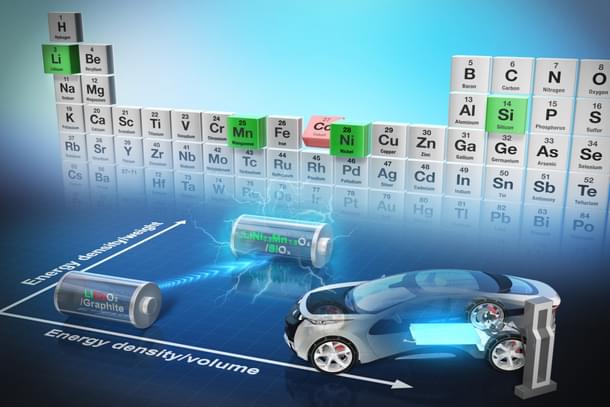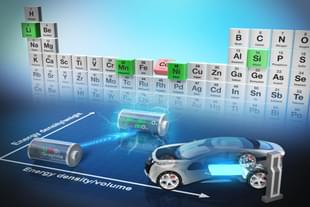Infrastructure
Towards Cleaner, Greener Power: Japanese Scientists Develop Cobalt-Free Lithium-Ion Battery
Amit Mishra
Oct 30, 2023, 03:35 PM | Updated 03:35 PM IST
Save & read from anywhere!
Bookmark stories for easy access on any device or the Swarajya app.


For the first time, a team including researchers from the University of Tokyo has created a prototype lithium-ion battery that is free of cobalt and boasts a 60 per cent increase in energy storage capacity compared to similar-sized alternatives.
Lithium-ion battery (LIB) which have been the standard way of powering portable or mobile electronic devices and machines, typically contain cobalt, nickel, and manganese in their electrodes.
Cobalt, however, is a rare element; so rare in fact that there is only one main source of it at present: a series of mines located in the Democratic Republic of the Congo, or DRC.
According to an EU Joint Research Centre Science for Policy Report, “Cobalt: demand-supply balances in the transition to electric mobility”, between 5.5 kg and 11 kg of Cobalt is required in electric vehicle (EV) batteries.
Many issues have been reported over the years about the environmental consequences of these mines, as well as the labor conditions there, including the use of child labor.
From a supply perspective also, the source of cobalt is an issue due to political and economic instability in the region.
In their pursuit of an efficient alternative to Cobalt, the research team used a novel combination of elements in the electrodes, including lithium, nickel, manganese, silicon and oxygen — all far more common and less problematic elements to produce and work with.
“There are many reasons we want to transition away from using cobalt in order to improve lithium-ion batteries,” said Professor Atsuo Yamada from the Department of Chemical System Engineering.
“For us the challenge is a technical one, but its impact could be environmental, economic, social and technological. We are pleased to report a new alternative to cobalt by using a novel combination of elements in the electrodes, including lithium, nickel, manganese, silicon and oxygen — all far more common and less problematic elements to produce and work with.”
By replacing problematic and scarce cobalt with safer and more abundant elements, the researchers mitigate some issues with current batteries.
And as an extra bonus, the new battery chemistry leads to greater energy density for an equivalent weight and volume of battery, which could be very useful in applications such as electric cars.
The new LIBs’ energy density is about 60 per cent higher, which could equate to longer life, and it can deliver 4.4 volts, as opposed to about 3.2-3.7 volts of typical LIBs.
However, the most surprising technological achievement has been the improvement in the recharge characteristics. Test batteries with the new chemistry were able to fully charge and discharge over 1,000 cycles (simulating three years of full use and charging), whilst only losing about 20 per cent of their storage capacity.
The team plans to continuously monitor the battery's performance over several years. "We will explore potential collaborations with companies interested in commercializing this technology, possibly through licensing agreements," noted Atsuo Yamada.
He further added that their recent development can be applied to other electrochemical processes and devices, including other kinds of batteries, water splitting (to produce hydrogen and oxygen), ore smelting, electro-coating and more.




